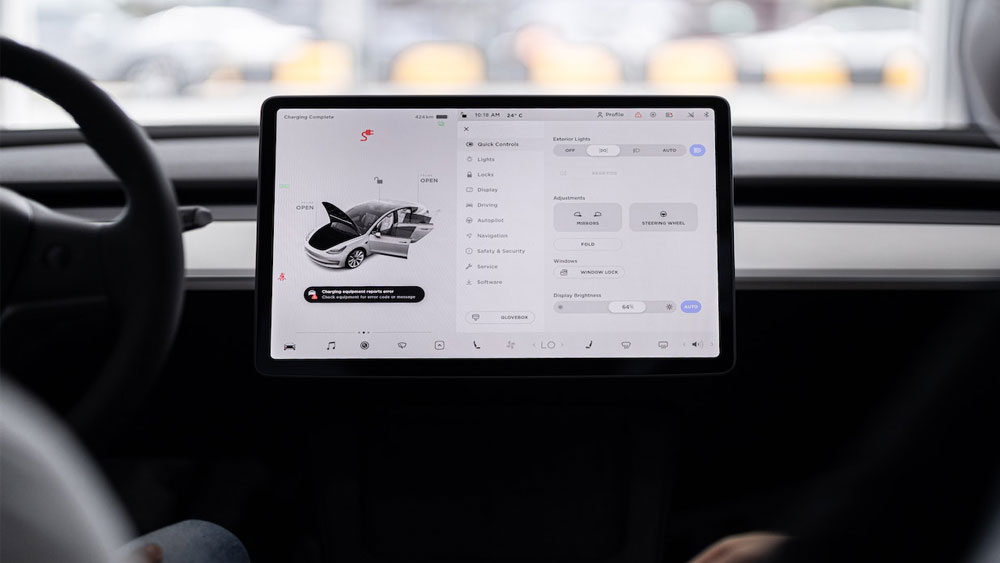6 Ways to Improve the Student Experience Through Better Software Access

In the modern educational world, software access plays a critical role in shaping the student experience. As classrooms evolve into hybrid and digital-first environments, the tools students use daily, such as learning management systems, productivity apps, and specialized software, directly influence their academic success and engagement.
Gaps in access to important technologies can create unnecessary hurdles and inequality. Enhancing software availability and usability improves learning outcomes and fosters a more inclusive and empowering environment for all learners.
Top 6 Ways to Improve Student Software Access in Higher Education
This article explores six practical and impactful ways schools, colleges, and universities can enhance the student experience by improving access to software tools.
1. Standardize Core Software Across Platforms
Ensuring that all students have access to the same vital tools can dramatically improve their academic experience by removing barriers related to software compatibility and availability.
Standardizing software across platforms allows institutions to provide a cohesive digital environment where students and faculty can collaborate efficiently.
For example, solutions make it easier to deploy a wide range of applications to students regardless of their device or location, helping maintain consistency across campus.
By offering universally accessible programs for writing, data analysis, or design, schools reduce confusion and technical issues, allowing students to focus more on learning and less on navigating differing software requirements.
2. Provide Inclusive Access to Specialized Software
While general productivity tools are vital, many students require access to specialized software tailored to their field of study, such as AutoCAD for engineering, SPSS for social sciences, or Final Cut Pro for media production.
Offering virtual labs or licensing models that allow students to install such software on personal devices can significantly enhance the learning experience.
Equally important is ensuring accessibility for students with disabilities through assistive technologies like screen readers, voice recognition, or adaptive input devices.
Institutions should regularly audit their software offerings to ensure all students, regardless of ability or background, can fully engage with the tools they need to succeed.
3. Invest in Cloud-Based Solutions

Cloud-based software platforms offer the flexibility and accessibility that traditional software often lacks. These solutions enable students to access their work and resources from any device with an internet connection, whether they’re on campus, at home, or traveling.
Cloud-based learning management systems (LMS) like Canvas, Moodle, or Blackboard streamline course materials, assignments, and grades in one easy-to-navigate interface.
By moving crucial services to the cloud, institutions remove barriers caused by outdated hardware or limited computer lab access, empowering students to learn on their schedules and at their paces.
4. Offer Training and Support Resources
Access to software means little if students don’t know how to use it effectively. Providing training modules, workshops, and support services ensures that students can take full advantage of available tools.
Schools can create help centers or knowledge bases with video tutorials, FAQs, and user guides tailored to the student body. Offering live support via chatbots, email, or peer-led tech help desks can greatly improve user confidence and problem resolution.
Training should be embedded early in the academic experience, such as during orientation or first-year seminars, to build digital literacy from the start.
5. Ensure Mobile Compatibility and Optimization
With smartphones and tablets becoming primary devices for many students, ensuring that educational software is mobile-friendly is critical.
Applications and platforms should be optimized for various screen sizes and offer seamless navigation, notifications, and file uploads/downloads.
Students often need to check grades, watch lectures, or submit assignments on the go. A mobile-compatible ecosystem enhances flexibility and supports different learning styles, particularly for students balancing work, family, and academic responsibilities.
Schools should test software platforms on a range of mobile devices and prioritize developers who support cross-platform functionality.
6. Incorporate Feedback for Continuous Improvement
Students are the ultimate users of educational software, so involving them in the decision-making and review process is crucial.
Institutions should regularly collect feedback through surveys, focus groups, and suggestion boxes to understand what’s working and what needs improvement.
Encouraging an open dialogue about software challenges allows IT departments to make timely adjustments and prioritize updates that reflect real student needs.
Integrating student voices into software procurement and rollout decisions builds a sense of ownership and ensures that technology investments are aligned with evolving educational demands.
Final Words
Improving software access is a strategic move to enhance student satisfaction, academic performance, and engagement. From standardizing vital tools to gathering continuous feedback, institutions have multiple avenues to strengthen their digital infrastructure. By proactively addressing software accessibility and usability, educators and administrators can create an environment where students are empowered to thrive, regardless of where or how they learn.

news via inbox
Sign up and never miss out on the latest news and updates at HighStuff




